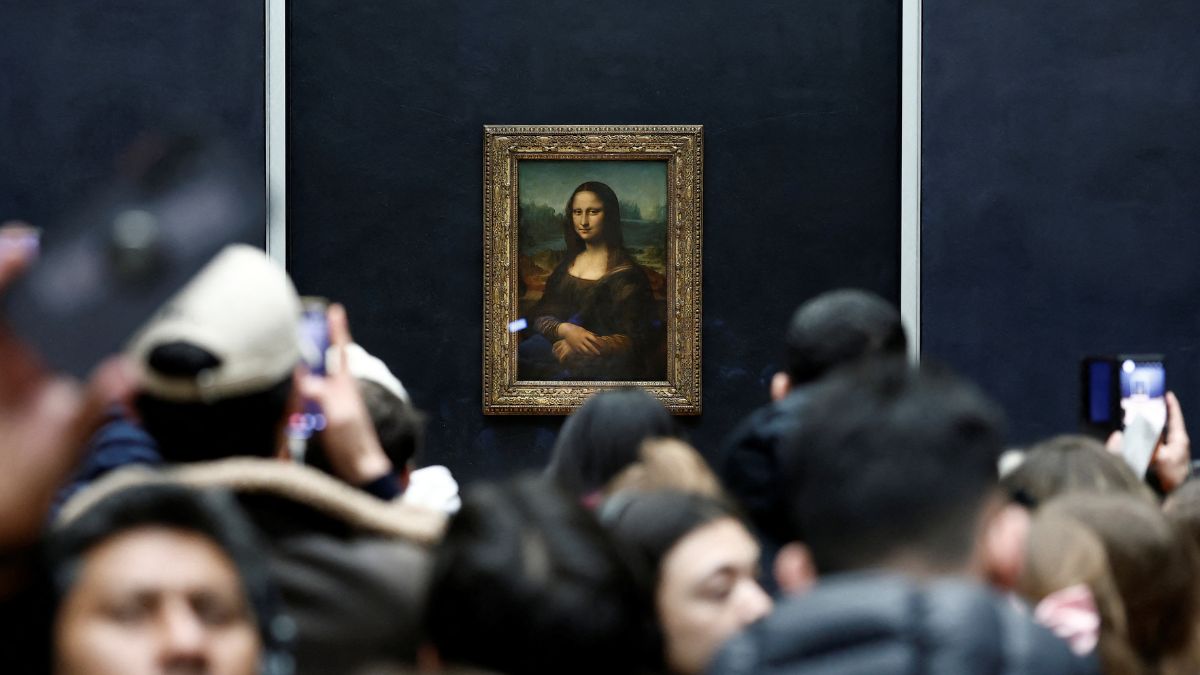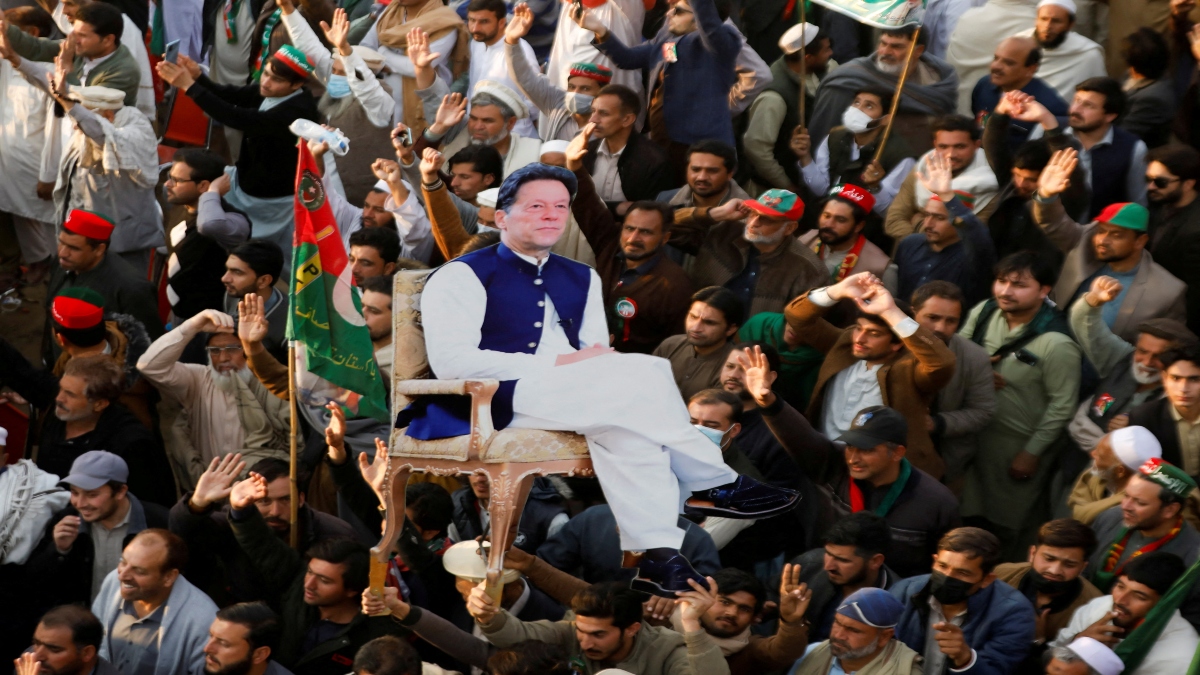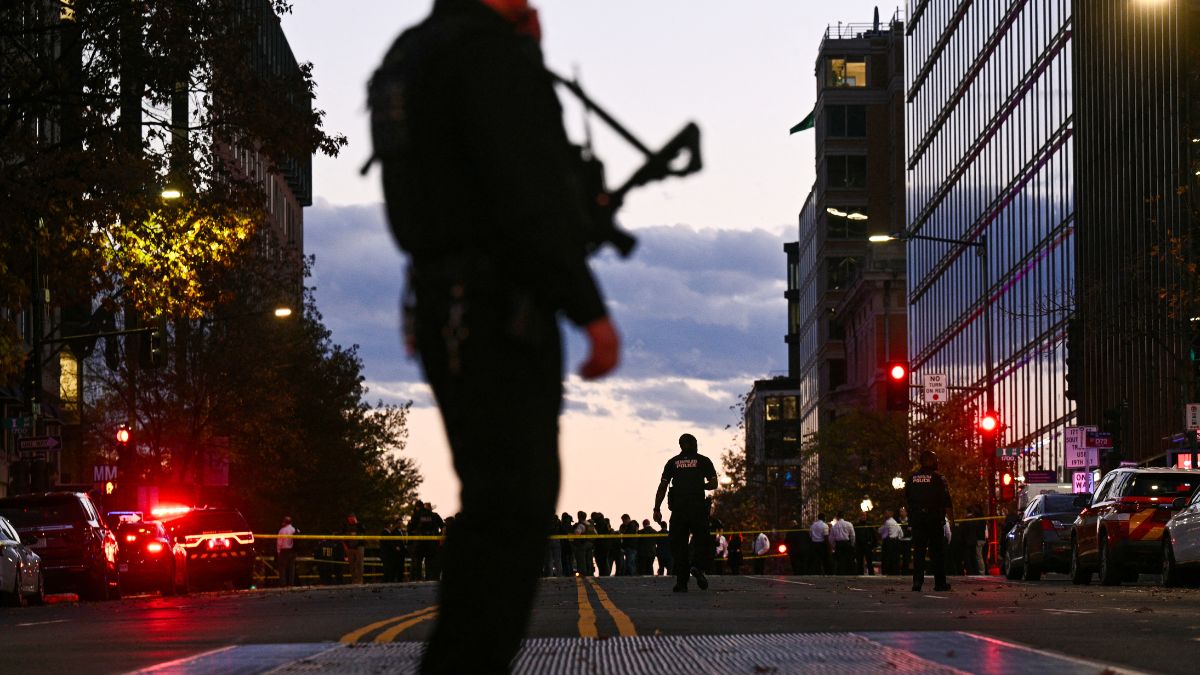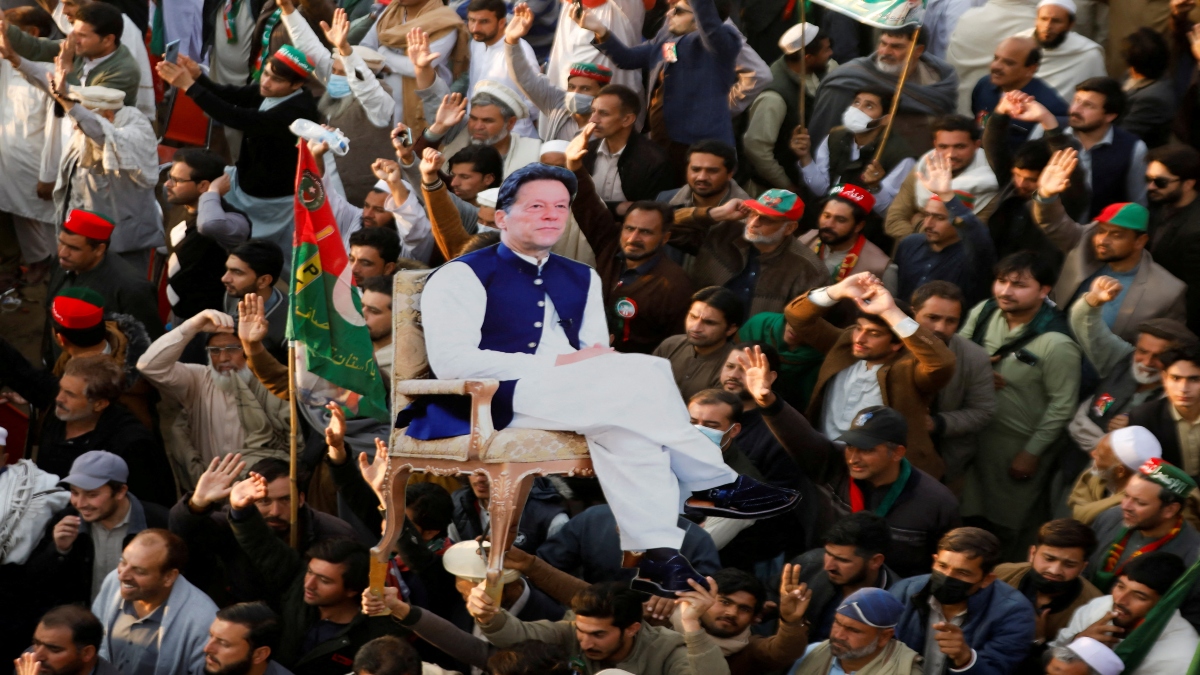Starting January 14, 2026, Louvre Museum in Paris will raise its admission fee for visitors from outside the European Economic Area (EEA), which includes the European Union and countries such as Iceland, Liechtenstein and Norway, by 45%.
Under the new pricing scheme, non-EEA nationals—including tourists from the UK, the US, China and other overseas countries—will pay €32 ($37) for entry, up from the current €22 ($25.45).
The museum’s board approved the increase to help generate additional revenue to support needed maintenance, structural upgrades and enhanced security measures.
This change comes in the wake of a dramatic jewelry heist earlier this year, when thieves got away with an estimated $102 million worth of valuables during a daylight robbery, a security failure that has prompted renewed urgency over the museum’s upkeep and protective infrastructure.
For many years, the Louvre has prided itself on being accessible to all visitors, irrespective of nationality. However, the new pricing policy draws a clear line: while entry costs will increase sharply for non-European tourists, admission fees for visitors from EEA countries will remain unchanged.
The plan to differentiate ticket prices had been under discussion since early 2025, as part of a broader renovation initiative announced by Emmanuel Macron. The overhaul—dubbed “New Renaissance”—aims to moderniSe infrastructure, improve climate control and security systems, and eventually create a dedicated gallery and entrance for the Mona Lisa, among other long-term enhancements.
While the Louvre’s management sees this as a practical move to secure necessary funding, the decision has sparked criticism. Some labour unions and critics warn that the new differential pricing could be viewed as discriminatory, undermining principles of universal access and equal treatment for all art lovers.
Quick Reads
View AllStill, with foreign visitors accounting for a substantial share of the museum’s annual footfall— reports indicate that in 2024 roughly 8.7 million people visited, with about 69 percent coming from abroad—the extra revenue may well play a crucial role in ensuring that the Louvre remains safe, sustainable and world-class for decades to come.


)

)
)
)
)
)
)
)
)



